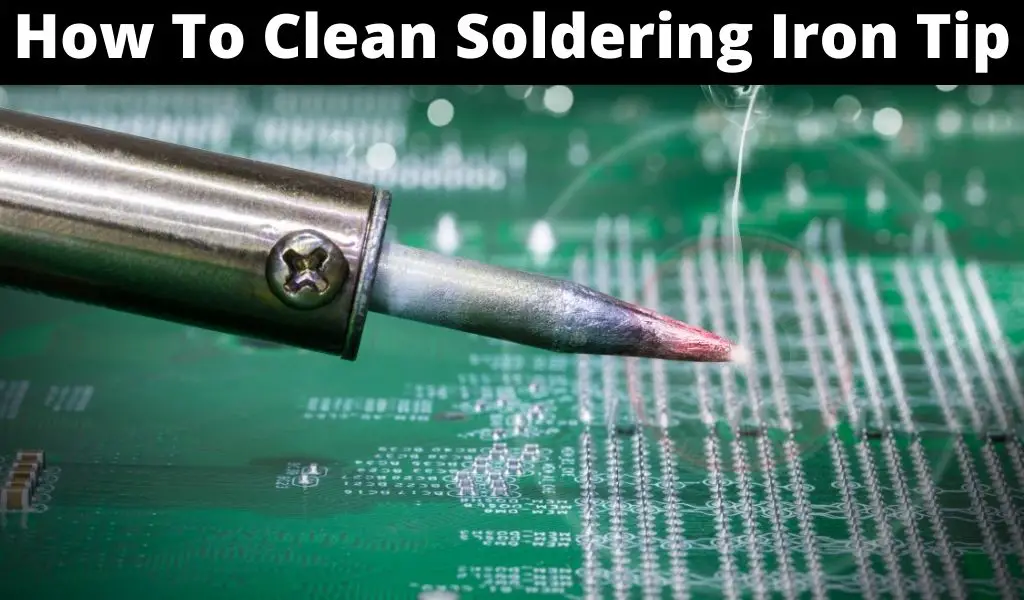Soldering irons are essential tools for electronic repair and fabrication, and their efficiency largely depends on proper maintenance and cleaning. While there are many quality brands in the market, including the well-known HAKKO, finding cheaper yet functional alternatives can be tricky. However, with the right tips and techniques, you can extend the lifespan of your soldering iron and achieve reliable results without breaking the bank.

Why Cleaning Matters
Soldering irons work by transferring heat from a heating element to the tip, which then melts the solder, fusing components together. Over time, various factors like oxidation, residue buildup, and overuse can affect the tip's ability to conduct heat efficiently. A dirty or corroded tip can cause poor solder joints, overheating, and even damage to the components you are working on.
Cleaning your soldering iron regularly removes any accumulated flux, gunk, or oxidation, ensuring optimal heat transfer and better control. It also prevents the tip from degrading or eroding, which can lead to a shorter lifespan and the need for replacement. Moreover, clean tips reduce the risk of contaminants or unwanted substances, which may affect the electronic circuitry of the devices you are working on.
Tip Cleaning Methods
There are different ways to clean your soldering iron tip, depending on the level of contamination and the particular technique that suits your style. Here are some common methods that you can use:
Wiping with a damp sponge - This is perhaps the most popular and simplest way of cleaning a soldering iron tip. You can use a damp sponge or cloth to wipe the tip between soldering joints, removing any excess solder, dirt, or flux. It's vital to use distilled water or deionized water to avoid introducing impurities or mineral deposits. Ensure the sponge is damp but not too wet, as too much moisture can damage the heating element or cause thermal shock.
Using brass wool or tip cleaner - Brass wool or tip cleaner is a more abrasive solution that can effectively remove stubborn oxidation or burnt residues. Using a brass wire brush, lightly scrub the tip of your iron to remove the buildup, ensuring not to damage the tip's surface. Avoid using harsh chemicals or abrasive materials that can scratch or corrode the tip.
Tinning the tip - Tinning is another technique of cleaning that involves melting a small amount of solder onto the tip and wiping it off with a damp sponge. This method not only cleans the tip but also improves its heat conductivity and prevents oxidation. However, avoid excessive tinning, as it can cause the tip to corrode or become brittle.
Conclusion
In summary, cleaning your soldering iron tip is crucial for maintaining optimal performance and prolonging its lifespan. Not only does it prevent contaminants from affecting your electronic devices, but it also ensures cleaner and reliable solder joints. When looking for a suitable replacement tip, consider factors such as heat conductivity, durability, and ease of cleaning. Remember to clean your tip regularly using safe and effective methods as part of your routine maintenance. Happy soldering!
Keywords: soldering iron, cleaning, tip cleaning, method, maintenance.